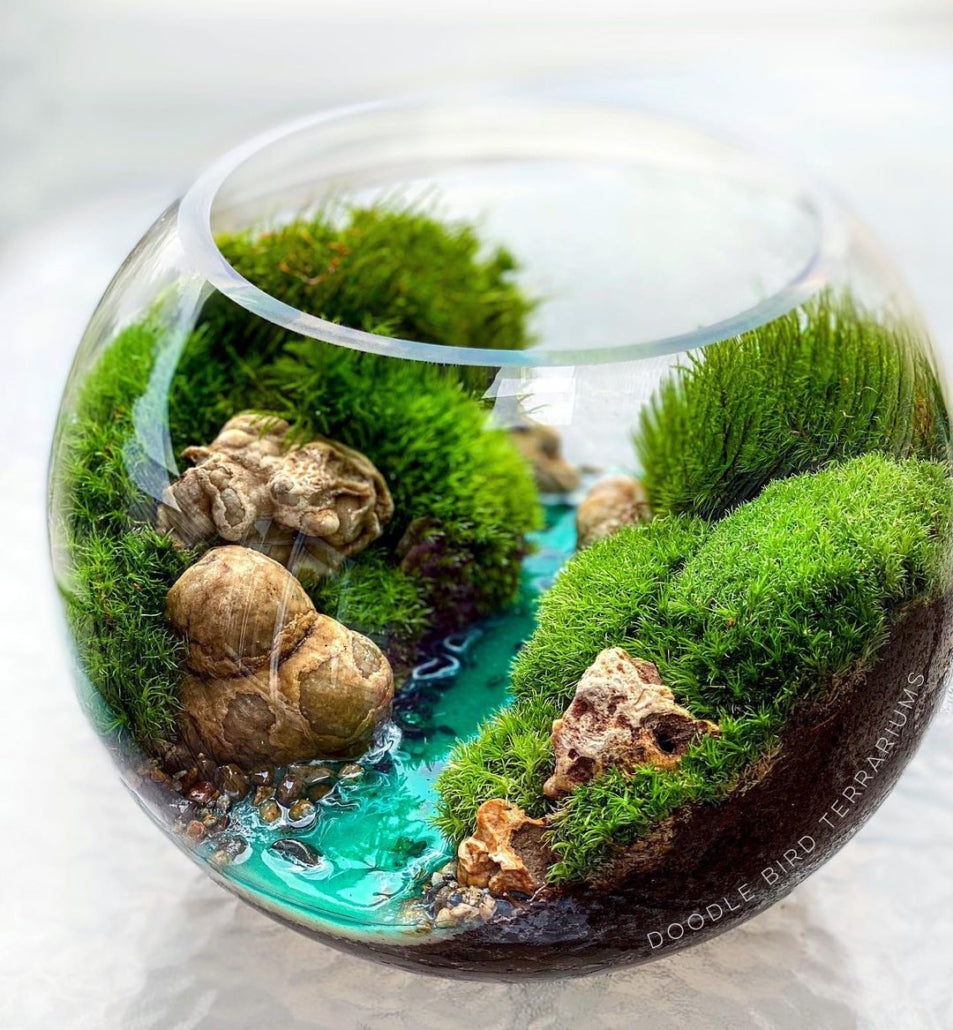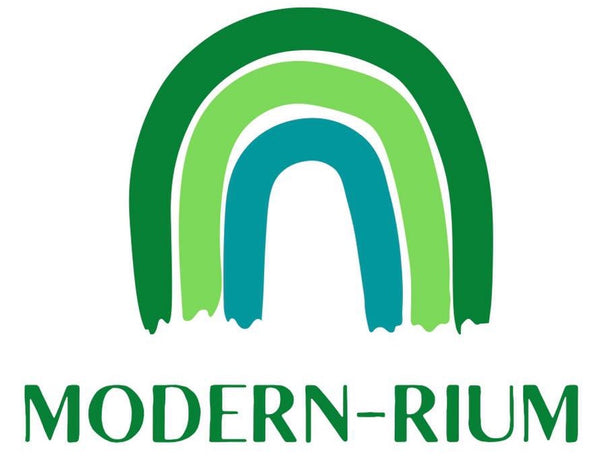
4 Sign Your Terrarium Needs more Springtails
Dinh TungShare
Hey there! If you've got a terrarium, you gotta know about these little critters called springtails. They're like the cleaning crew of your mini-jungle, and they're super important for keeping things running smoothly.
See more about springtails in terrarium on our article on the benefits of springtails in a terrarium.
How to know when you need more Springtails in your Terrarium?
So, how do you know if your terrarium needs more springtails? Here are some signs to watch out for
Molds growing inside your terrarium
If you see a lot of mold or fungus growing in your terrarium, that's a red flag. Springtails love to gobble up that stuff, so you might need to add more of them to keep things clean.
Your Terrarium smells weird
A healthy terrarium should have a nice, earthy smell. If it starts to smell funky or stagnant, that means the springtails aren't doing their job of breaking down the organic matter.
Terrarium plants looks unhealthy and stunted
If your plants are looking a little sad and stunted, it could be because the springtails aren't helping to cycle the nutrients in the soil. More springtails can get that nutrient flow going again.
Debris buildup in terrarium
Seeing a bunch of uneaten food, dead leaves, or other organic junk piling up? That's a sign the springtails need some reinforcements to clean it all up.
How to maintain your Springtails in Terrarium
Okay, so now you know the signs, let's talk about how to keep your springtails happy and healthy. First, make sure the soil is just right - not too dry, not too wet. They like it nice and moist, but not soggy.
Alright, let's talk about how to create the perfect home for those little springtail cleanup crew members in your terrarium!
Soil
First up, the soil. You want to make sure it's nice and nutrient-rich, with a mix of coco fiber, sphagnum moss, and other organic goodies. This gives the springtails plenty to munch on and a cozy place to live.
Humidity
Next, let's talk humidity. Springtails love it nice and moist, around 70-90% humidity. You can use a misting system, water features, or just regular misting to keep that humidity level just right.
Food & shelter
Speaking of food, don't forget to give those springtails some extra snacks! Powdered fish food, dried yeast, and even decaying leaves and wood make great supplemental meals.
And let's not forget about hiding spots. Springtails like to have lots of places to tuck themselves away, like cork bark, rotting wood, and leaf litter. This makes them feel safe and secure.
Now, you'll want to keep a close eye on your springtail population and the overall health of your terrarium. If you notice any issues, like mold, stinky soil, or unhealthy plants, make adjustments to the humidity, food sources, or substrate as needed.
And don't be afraid to mix it up a bit! Introducing other cleanup crew members, like isopods or earthworms, can create an even more diverse and resilient ecosystem.
Remember, building the perfect springtail-friendly terrarium takes time and patience. But trust me, it's so worth it to have those little guys keeping everything in tip-top shape! Just keep making tweaks and adjustments as your mini-jungle evolves.
So keep an eye out for those signs, and don't be afraid to add more springtails if your terrarium needs a little extra cleaning help. These tiny heroes are the key to a healthy, balanced ecosystem!
 is here! Shop now, pay later in 4 easy installments
is here! Shop now, pay later in 4 easy installments










